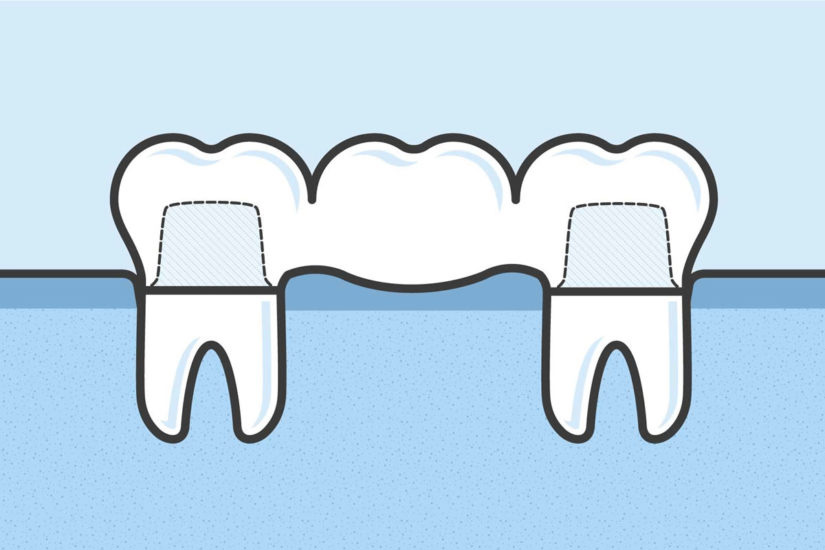What are Dental Bridges and How Do They Work?

If you have recently lost your tooth, whether due to an injury, medical condition, or natural causes, you may be wondering what your options are to restore your smile. A missing tooth can create an unsightly gap, but it’s often more than a cosmetic problem. You could also experience pain when chewing, discomfort in your jaw, or other problems that are caused by a change to your bite.
What is a Dental Bridge?
A dental bridge is a solution when you have lost a tooth, or when you have a gap that is causing your other teeth to become loose. This replacement tooth will fill in the space where something is missing, creating a natural appearance while helping to restore the tooth.
There are four main types of bridges, and your dentist will determine which is the right option for your situation. A traditional bridge is the most common type, which includes one or more fake teeth held in place with crowns. These crowns are cemented to the teeth surrounding the tooth that is missing.
Another option is a cantilever bridge, which is supported by a crown on only one side. If you only have one tooth next to your missing tooth, you can still have this type of crown secured to your mouth. Maryland bridges offer a more conservative approach, using porcelain or metal framework to hold the fake tooth in place. These bridges aren’t as strong as those cemented in, so teeth that have a lot of biting force won’t be able to hold up with a Maryland bridge.
Dental Bridge Placement
The placement of a dental bridge is not a surgical procedure, so you will stay awake throughout the treatment. However, if you’re nervous or uneasy about the thought of going through it, your dentist can provide mild sedation to help you relax and feel more comfortable. Your dentist will also numb the area of your mouth with local anesthetic by injecting medication directly into your gums. This is usually prefaced by the use of topical numbing jelly, placed on your gums to minimize the discomfort of the shot.
Pain Level During and After the Procedure
During the procedure, you shouldn’t feel sharp pains because of the use of local anesthetic. However, you will have to keep your mouth open for up to several hours, so you may feel some discomfort or soreness in your jaw. Over-the-counter pain relievers will typically resolve the issue. You can also place an ice pack on the outside of your jaw.
OurServices
Cavities Fillings and Fillings Replacements
Scaling, Cleaning & Polishing
Airflow
Tooth Whitening
Dental Crowns & Bridges
Dental Veneers (indirect veneers)
Dental Inlays and Onlays
Composite Resin Fillings Replacement
Dental Bonding (direct veneers)
Lumineers
Metal Braces
Ceramic & Clear Braces
Damon Braces
STb light lingual Braces
Invisalign
Clear Aligners
Removable appliances




